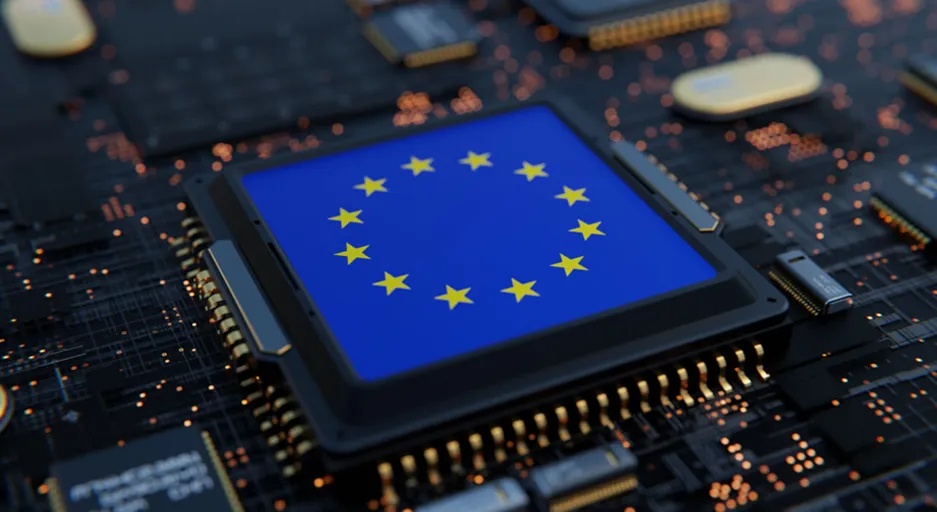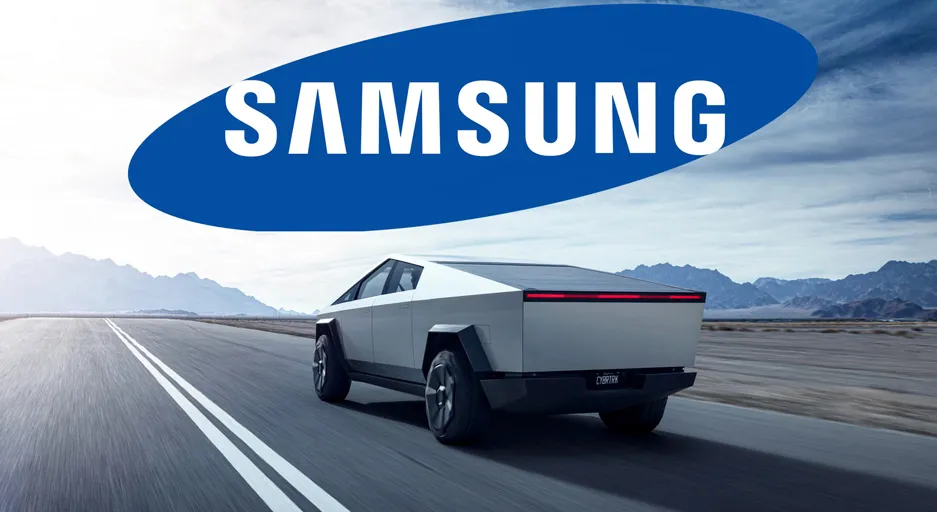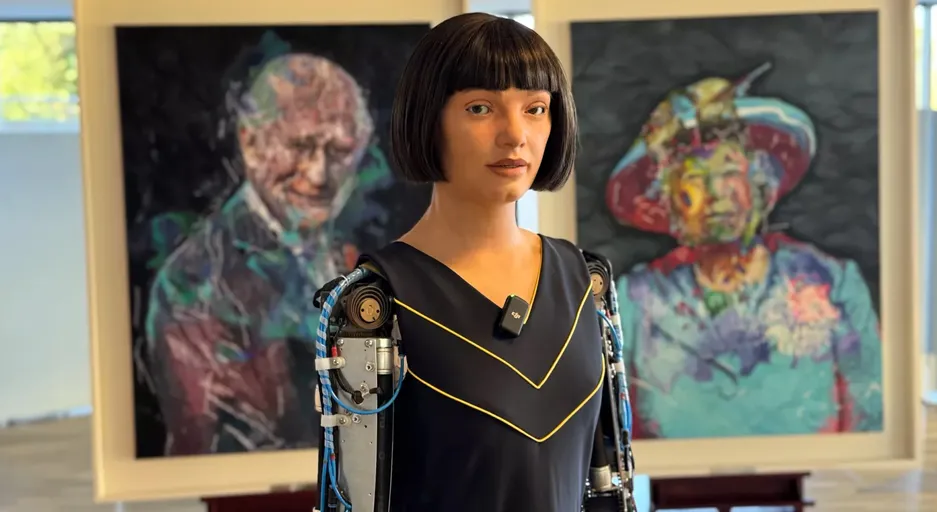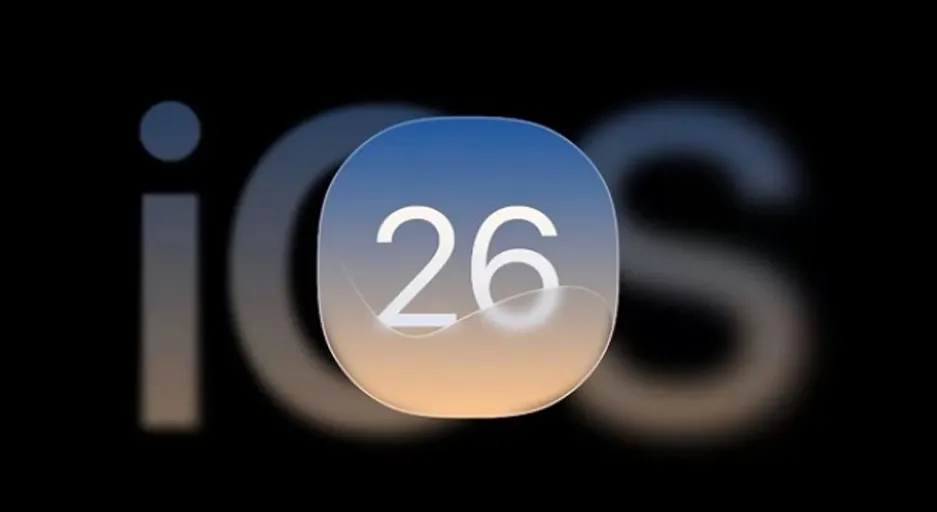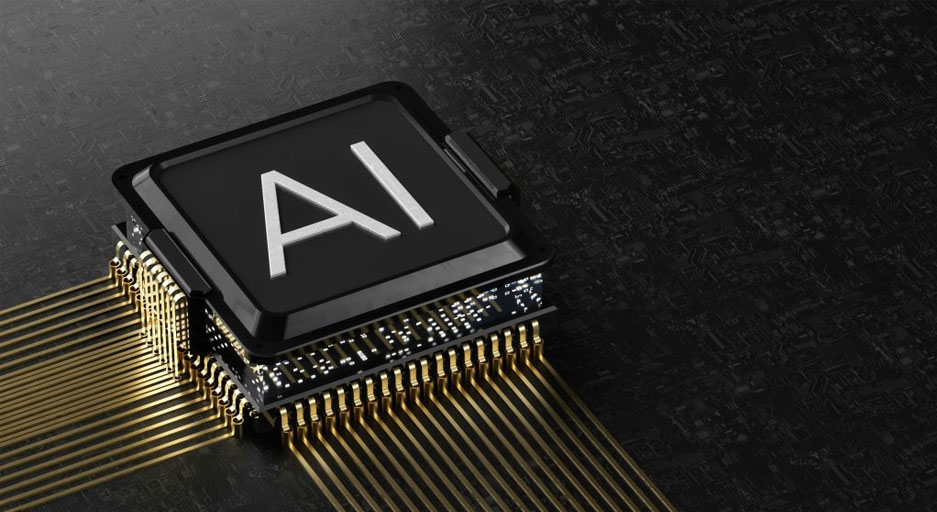The Commodore Comeback: A Passion Project Against the Odds
In 1994, Commodore, once a dominant force in the home computing world across the US and Europe, fell apart due to mismanagement and strategic failures. Since then, its brand was passed around like a collectible, appearing on forgettable gadgets such as the Web.it all-in-one PC, the Gravel in Pocket media player, a Commodore smartphone, and even a shredder. Each new use seemed further removed from the brand’s original essence, frustrating loyal fans.
That’s why the recent announcement by Christian “Perifractic” Simpson—a retro gaming YouTuber—that he had acquired the Commodore brand reignited both hope and skepticism. Simpson, now the new CEO, dreams of revitalizing Commodore in a sustainable and respectful way. But many wonder: does the world still need Commodore?
Back to 64
Commodore started with typewriters and calculators, but rose to global fame through home microcomputers. The crown jewel was the Commodore 64. With affordable pricing, strong graphics, and an iconic sound chip, the C64 sold over 15 million units and inspired over 5,000 commercial game titles, making it one of the most successful single computer models in history.
Simpson initially planned to license the Commodore brand to create community-friendly boards and replacement parts. That vision grew during negotiations until he secured a deal to buy Commodore outright for a “low seven-figure” sum. Yet, despite the acquisition, Simpson doesn’t own the original company—it no longer exists. Instead, various parts of Commodore’s legacy are scattered across different owners. The rights to C64 ROMs and the Amiga brand are owned by Cloanto and Amiga Corporation, while AmigaOS belongs to Hyperion Entertainment. Over the past three decades, most innovation surrounding Commodore products came from its passionate community—not the brand holders.
Navigating a Fragmented Legacy
Simpson now faces the challenge of honoring those community efforts while uniting disparate pieces of Commodore’s heritage. He must maintain goodwill with longtime fans, work with existing rights holders, and license the brand fairly. To recover his investment, he must also sell new hardware to a broader market than just nostalgic enthusiasts.
The new Commodore positions itself as a “digital detox brand” rooted in digital minimalism. It harkens back to the 1980s and early ’90s, marketing itself as a return to simpler times. Yet, it also aims to innovate and stay future-focused, creating a brand identity that’s both nostalgic and modern—a balance that’s hard to maintain.
The first product, the Commodore 64 Ultimate, encapsulates this tension. It’s offered in multiple versions, from the flashy $500 gold Founders Edition to the $300 BASIC Beige, which closely resembles the original C64. All models are compatible with vintage peripherals and offer modern features like 1080p HDMI output. Built on FPGA technology, these devices offer a faithful recreation of original hardware behavior—superior to typical emulation.
Some have criticized this new machine as simply a repackaging of existing components, particularly the Ultimate64 board. However, its creator, Gideon Zweijtzer, emphasizes that the product was a collaborative effort. He praises Simpson for his ability to unite developers and bring polish and legitimacy to the project.
Will Nostalgia Be Enough?
Initial interest is promising. More than 4,000 units have already sold, generating $1.5 million in revenue. But nostalgia-based sales are often short-lived. Many retro devices end up collecting dust after a brief honeymoon phase. And unlike companies like Atari, Commodore lacks a library of iconic games to remake and monetize.
That raises a key question: what is Commodore really offering today? Simpson has spoken of a return to “computing for the masses,” a distraction-free, simplified experience. But is there enough appeal in that concept to sustain a company? Commodore 64 BASIC is notoriously difficult to use, and a $300+ retro computer might struggle to compete with a cheap and versatile Raspberry Pi.
A new computing platform could be a bold move—but one fraught with risk. Without strong software support or mainstream appeal, the brand could once again drift into obscurity.

Preserving a Legacy
Simpson’s best-case vision is a unified ecosystem of Commodore products—serving as a curator and community hub rather than a traditional tech company. If successful, Commodore could survive as a beloved niche brand, preserving its legacy and fostering innovation among enthusiasts.
But there’s still a chance of history repeating itself. The temptation to cash in quickly or mismanage relationships could spell disaster. And in an industry dominated by tech giants, a small player like Commodore must navigate carefully to avoid being overshadowed or forgotten.
Still, this revival feels more authentic than previous attempts. Simpson appears driven by passion rather than profit. Whether that will be enough remains uncertain—but for now, fans can hope that this effort truly brings Commodore back to life.
About the author : koosha Mostofi
I’m Koosha Mostofi — a multidisciplinary media creator, full-stack developer, and automation engineer, currently based in Tbilisi, Georgia. With more than two decades of professional experience, I’ve been fortunate to work at the crossroads of technology and creativity, delivering real-world solutions that are both visually engaging and technically robust.






